Lumens vs Watts: how to choose the right bulb power?
Choosing a bulb is no longer just about checking the wattage. Today, for effective LED lighting, it is the amount of light (in lumens) that matters. This change is due to the arrival of new technologies, like LED, which consume less while providing the same or even better illumination. Understanding the lumens versus watts difference is therefore essential to make an informed choice. This guide will help you read labels correctly and choose a suitable LED bulb for every use.

What is a watt?
In the past, watt was the only indicator used to evaluate a bulb's power. But it does not measure luminous intensity, only electrical consumption. This unit, printed on all bulb packaging, simply indicated how much energy the bulb would consume when turned on. The higher the watt number, the more electricity the bulb consumed, which often gave the illusion that it lit more.
This reasoning was valid in the era of incandescent lamps, where electrical power and luminous intensity were more or less proportional. But with the arrival of more efficient technologies like LEDs, this logic no longer applies. A bulb can consume very little energy while producing powerful light. Hence the importance of now relying on other indicators, such as lumens.
Simple definition
The watt (W) indicates the amount of energy consumed per second. The more watts a bulb has, the more electricity it consumes. However, this does not necessarily mean it shines brighter.
Why it is no longer a reliable criterion on its own
With technological evolution, notably the advent of LEDs, a LED bulb power of only 7W can produce as much light as a 50W halogen bulb. This energy efficiency gain disrupts traditional benchmarks. Now, two bulbs with the same electrical power can offer totally different light outputs depending on their technology or manufacturing quality. Relying solely on watts can therefore lead to unsuitable choices, either too powerful or insufficient for the intended use.
What is a lumen?

In light of this evolution, a new unit has become essential: the lumen. It is now the one that allows evaluating the amount of light actually produced. And here is why…
Clear and practical definition
The lumen (lm) is the unit that measures luminous flux, in other words the amount of light actually perceived by the human eye. Unlike watts, it is not energy consumed, but lighting produced. Whatever the technology used, LED, halogen, or compact fluorescent, a 400-lumen bulb will provide a light intensity equivalent to another displaying the same value, even if their electricity consumption differs. It is therefore a universal measure to compare the luminous performance of bulbs.
Why it becomes essential
Knowing the number of lumens allows you to objectively compare several models and technologies. This greatly facilitates the choice of a high-performance LED bulb, depending on the area to be lit and the desired ambiance.
Lumens / Watts correspondence table
To better visualize the relationship between consumption and lighting, here is a lumens watts table comparing different bulb technologies:
| Type of bulb | Required lumens | Equivalent power |
|---|---|---|
| LED | 400 lm | ~5–6 W |
| Halogen | 400 lm | ~35 W |
| Incandescent | 400 lm | ~50 W |
This lumens watts table will help you easily make an approximate watts to lumens conversion during your purchases; it is not an exact science.
How to properly choose the power according to the room?

The number of lumens needed depends not only on the type of room but also on its use. Here are some guidelines to help you see more clearly.
Living room, kitchen, bathroom, bedroom
Each room has its specific lighting needs. In the living room, where a good balance between ambiance and functionality is sought, plan for about 100 to 150 lumens per m². For the kitchen or bathroom, considered technical areas requiring clear and precise light, it is recommended to aim for between 300 and 400 lm/m². In the bedroom, on the other hand, a more subdued atmosphere is desirable to promote relaxation: count about 100 lm/m². This estimate helps to know how many lumens per m2 are necessary to ensure both visual comfort and appropriate use.
Indoor vs outdoor
Lighting needs differ significantly between indoors and outdoors. Outside, a higher power is often required, especially in the absence of natural ambient light. Entrances, driveways, or facades need sufficiently powerful lighting to ensure safety and visibility. In these cases, bulbs with between 500 and 1000 lumens are recommended, depending on the area to be covered and the installation height. It is also important to favor models suited to climatic conditions. For more details, explore our selection of LED bulbs.
Other criteria not to be overlooked
Besides luminous power, other elements are essential to properly choose led bulb.
- Color temperature: it influences the ambiance. A warm light (2700K) creates a cozy atmosphere, while a cool light (4000K-6000K) is more stimulating. Check our color temperature to fully understand these nuances.
- Color rendering index (CRI): the higher it is, the more faithfully colors are rendered. Ideally, choose a CRI above 80.
- Base type: E27, E14, GU10... each luminaire has its format. Check compatibility before any purchase.
- Dimmable function: some bulbs can adjust their intensity with a dimmer. This is an excellent option to create a custom atmosphere.
Conclusion
Watts alone are no longer enough to determine the efficiency of a bulb. Today, lumens matter because they indicate the true luminous power. Understanding the lumens watts difference allows you to make an informed choice adapted to each room.
By relying on a lumens watts chart, taking into account the room to be lit and criteria such as color temperature or the type of base, you can select an efficient led lighting without energy waste. To go further, discover our LED Luminaires adapted to your needs.

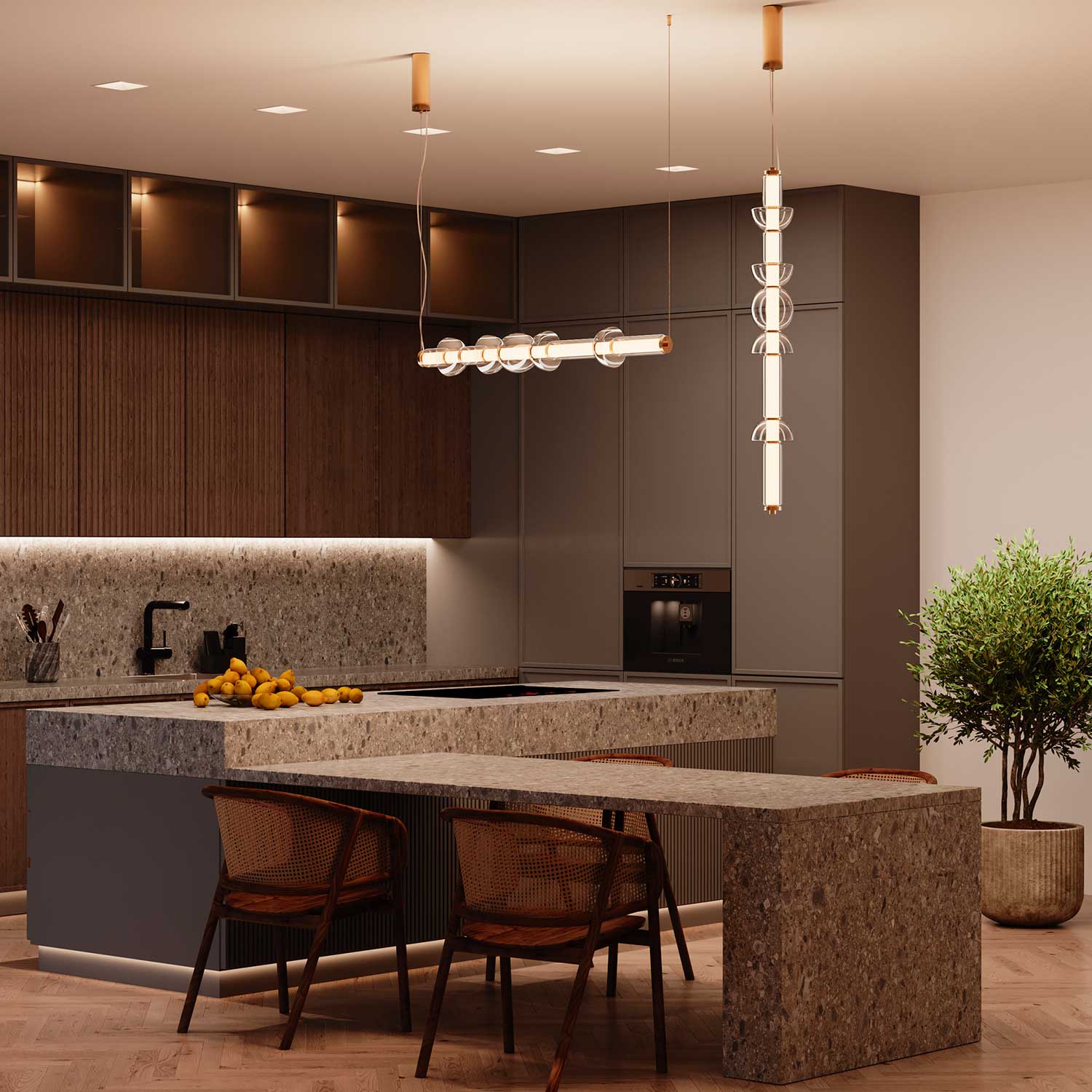
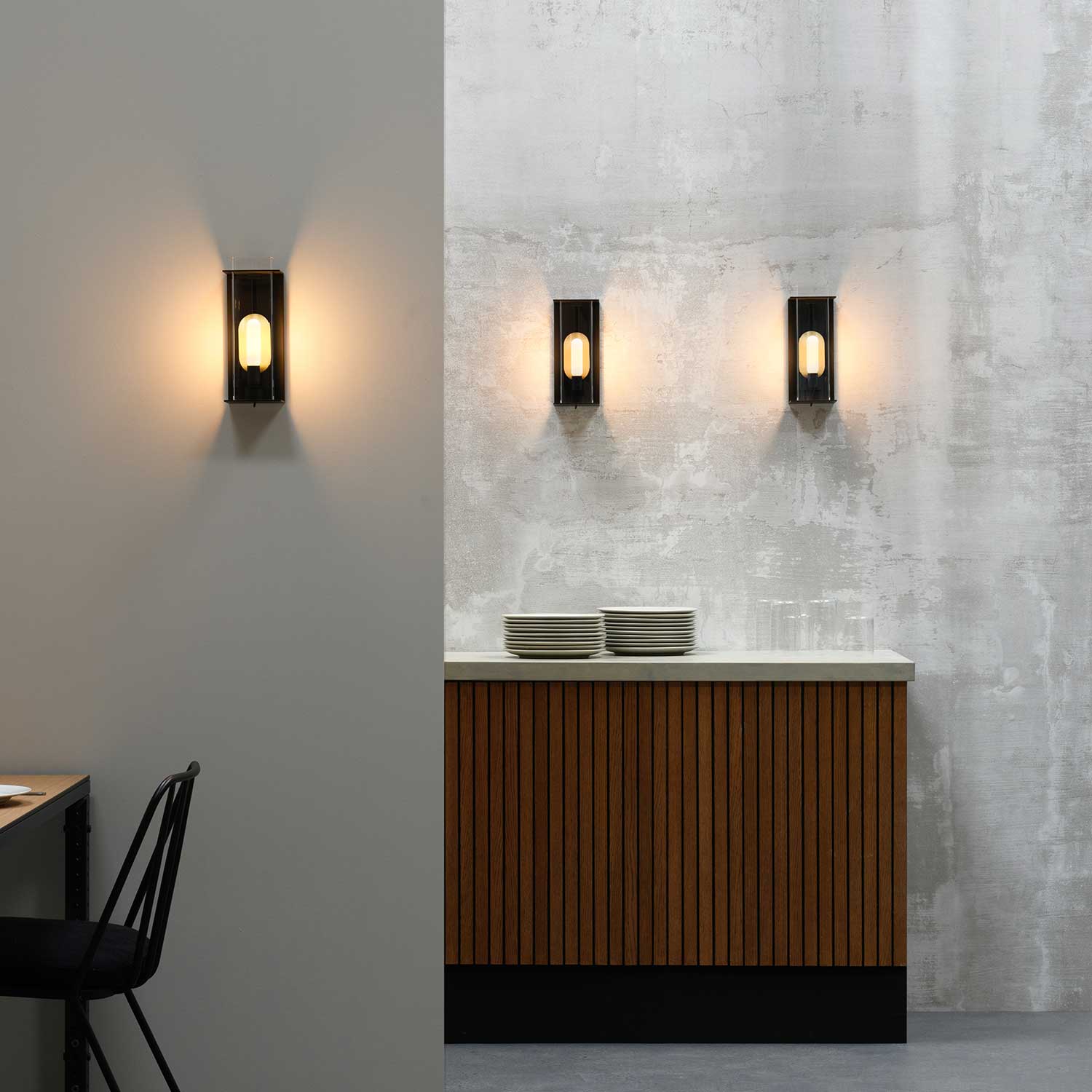
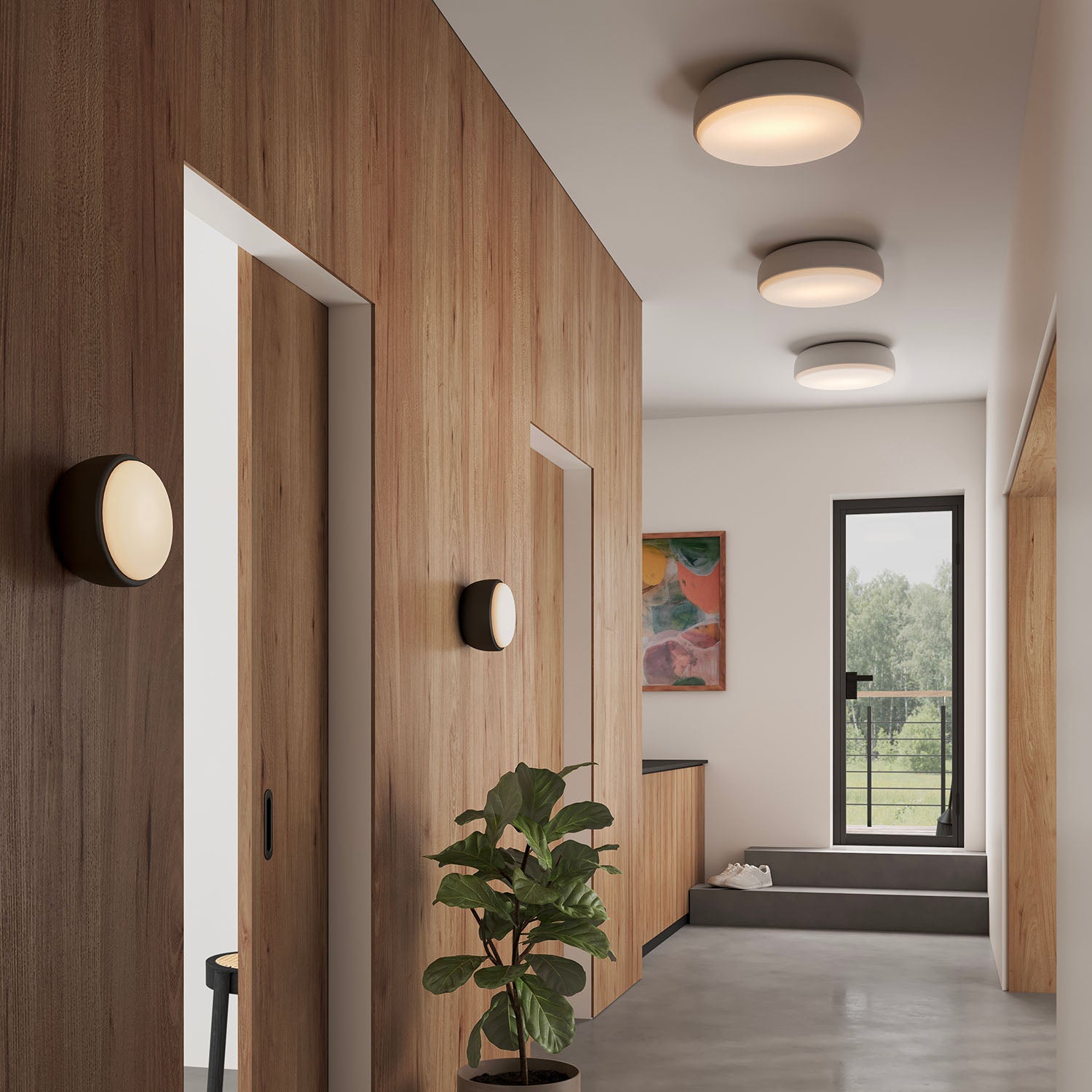
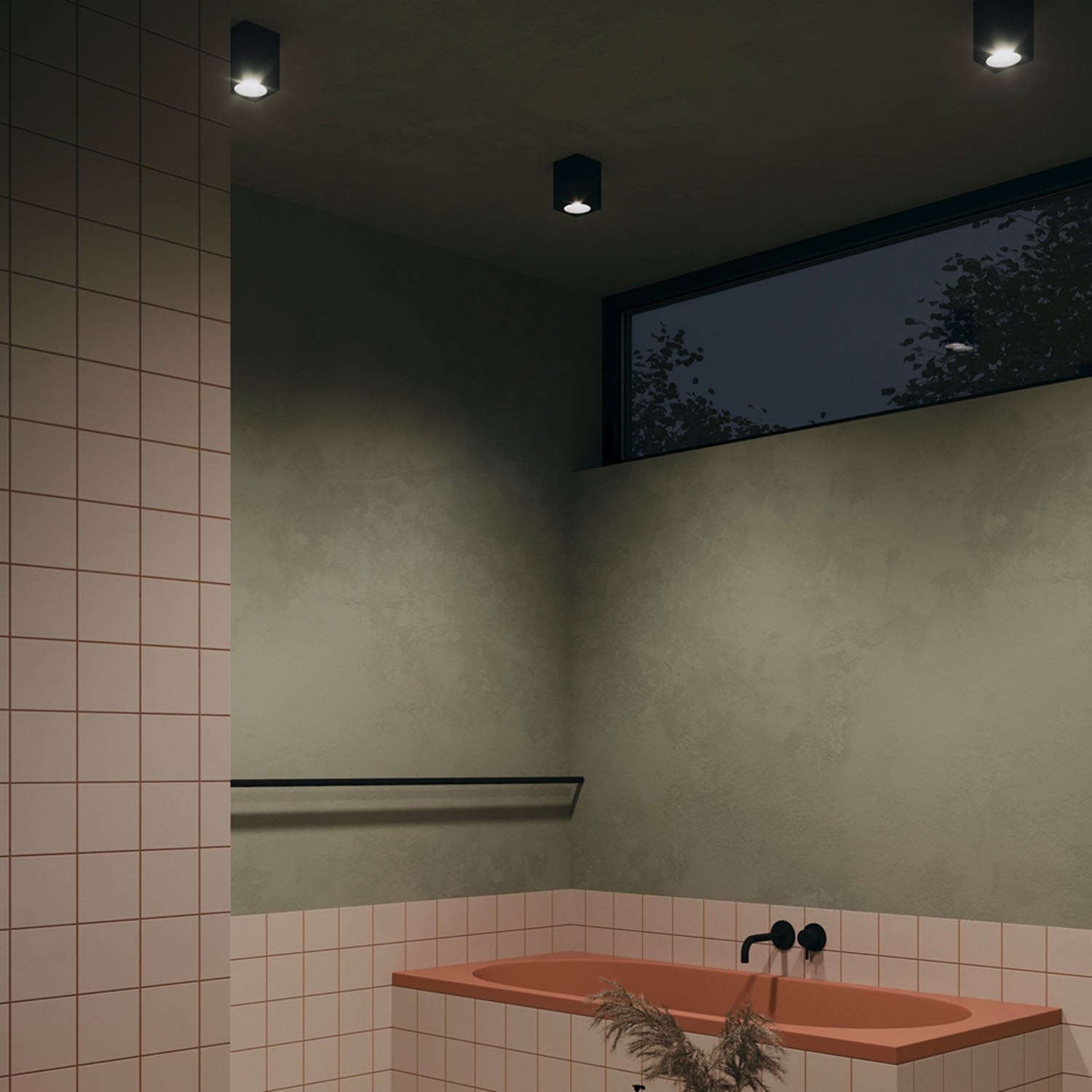
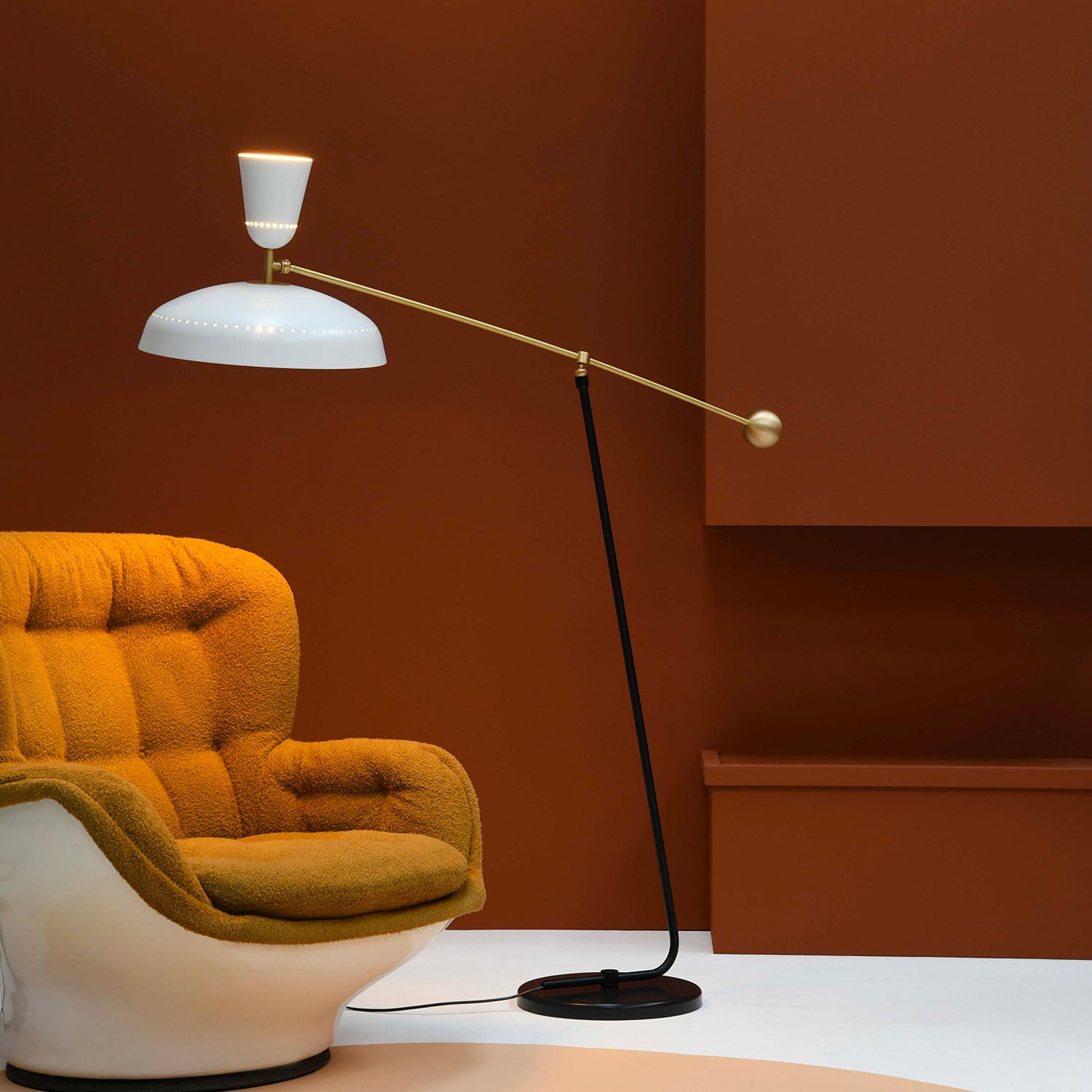
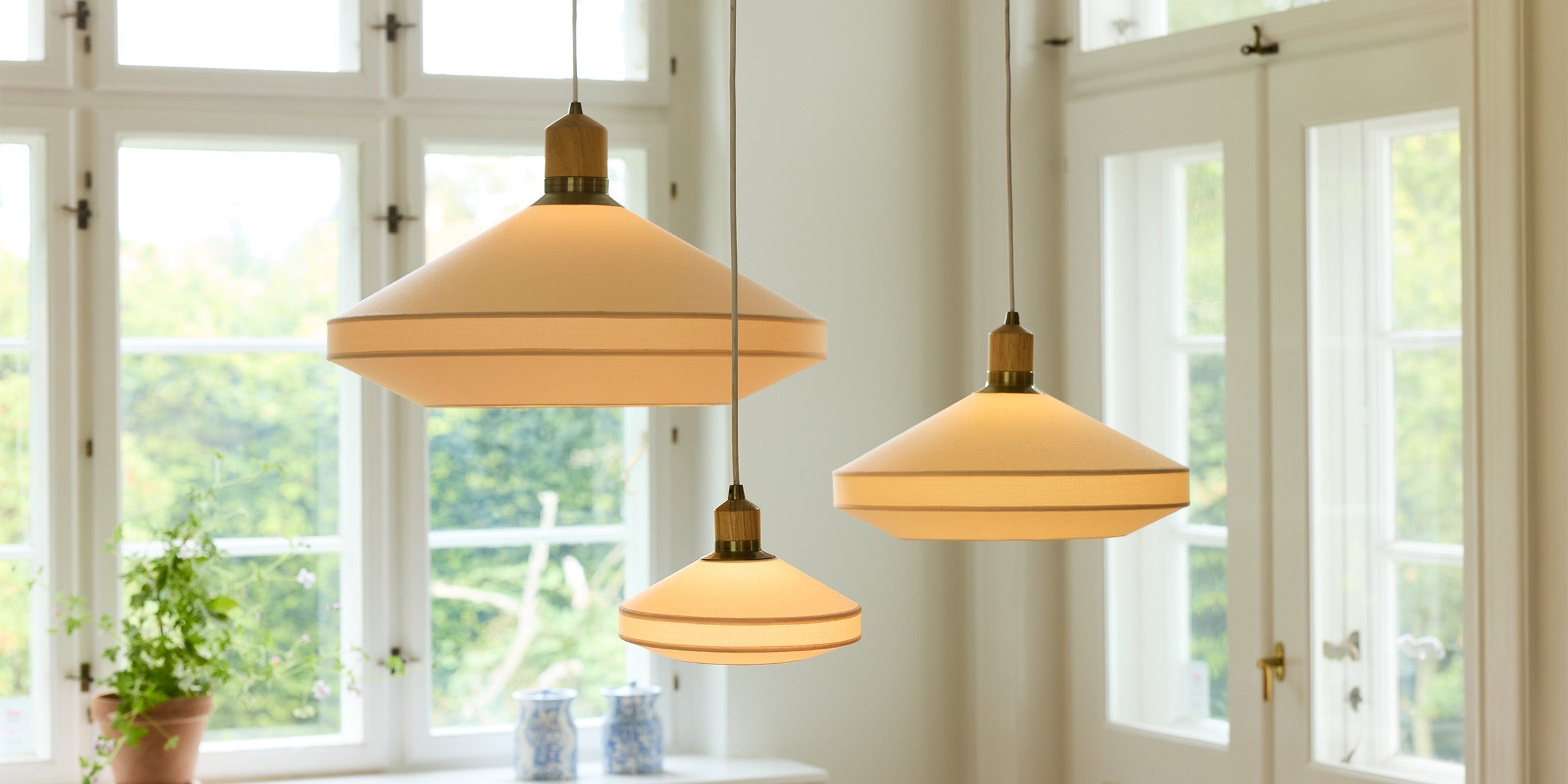

Leave a comment
This site is protected by hCaptcha and the hCaptcha Privacy Policy and Terms of Service apply.